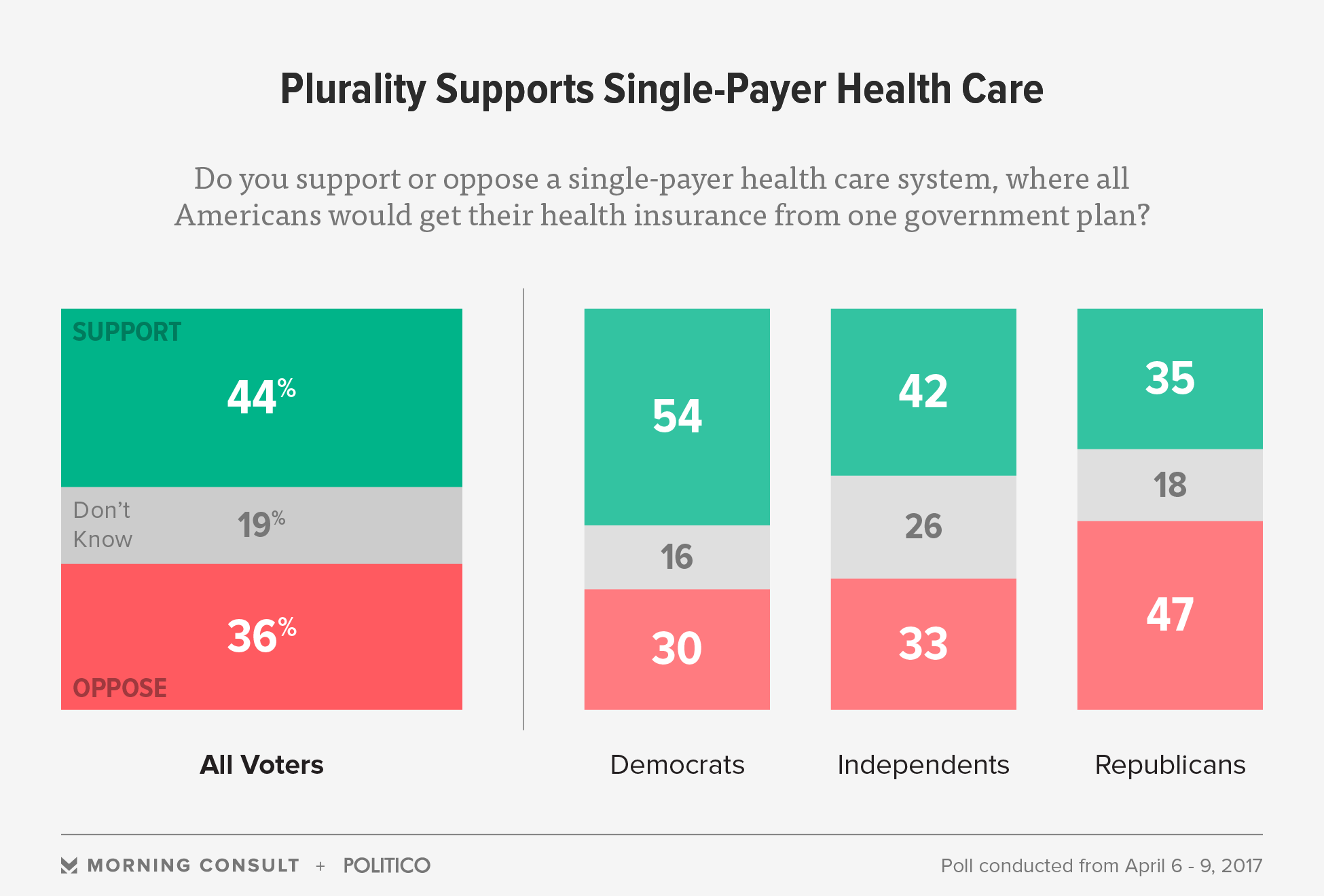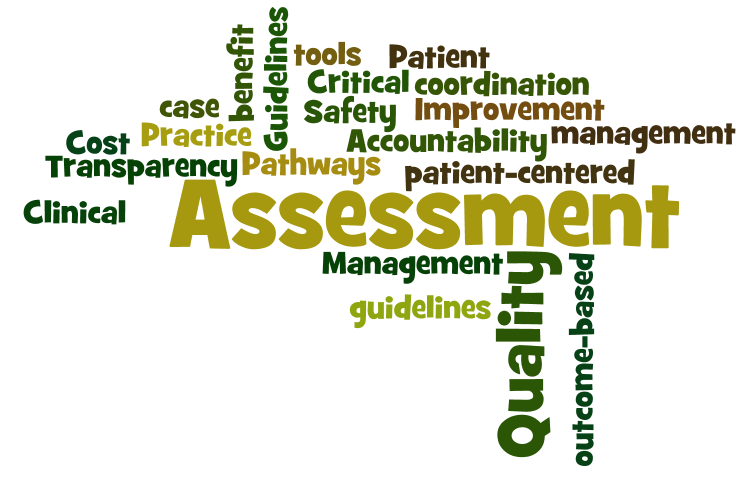An estimated 155 million persons under the age 65 were covered under medical insurance prepares offered by their companies https://coke-abuse-symptoms-of-drug-misuse.drug-rehab-florida-guide.com in 2016. The Congressional Spending Plan Office (CBO) approximated that the medical insurance premium for single protection would be $6,400 and family coverage would be $15,500 in 2016. The yearly rate of boost in premiums has normally slowed after 2000, as part of the pattern of lower annual health care expense increases.
This aid encourages individuals to buy more extensive protection (which places upward pressure typically premiums), while also encouraging more young, healthy individuals to register (which places downward pressure on premium prices). CBO estimates the net result is to increase premiums 10-15% over an un-subsidized level. The Kaiser Household Structure estimated that household insurance coverage premiums averaged $18,142 in 2016, up 3% from 2015, with workers paying $5,277 towards that expense and companies covering the remainder.
The President's Council of Economic Advisors (CEA) explained how yearly cost boosts have fallen in the company market since 2000. Premiums for family protection grew 5.6% from 2000-2010, however 3.1% from 2010-2016. The total premium plus approximated out-of-pocket expenses (i.e., deductibles and co-payments) increased 5.1% from 2000-2010 but 2.4% from 2010-2016.
The law is created to pay subsidies in the kind of premium tax credits to the individuals or families acquiring the insurance, based on income levels. Higher income consumers receive lower aids. While pre-subsidy rates rose substantially from 2016 to 2017, so did the aids, to minimize the after-subsidy expense to the consumer. which of the following is not a result of the commodification of health care?.
Nevertheless, some or all of these expenses are offset by subsidies, paid as tax credits. For example, the Kaiser Foundation reported that for the second-lowest expense "Silver plan" (a plan often chosen and used as the benchmark for determining monetary support), a 40-year old non-smoker making $30,000 each year would pay effectively the exact same amount in 2017 as they carried out in 2016 (about $208/month) after the subsidy/tax credit, regardless of large boosts in the pre-subsidy rate.
Rumored Buzz on How Much Does Universal Health Care Cost
Simply put, the aids increased in addition to the pre-subsidy price, completely balancing out the rate boosts. This superior tax credit aid is separate from the cost sharing reductions aid ceased in 2017 by President Donald Trump, an action which raised premiums in the ACA markets by an approximated 20 portion points above what otherwise would have happened, for the 2018 strategy year.
In addition, many staff members are picking to integrate a health savings account with higher deductible plans, making the effect of the ACA tough to determine specifically. For those who acquire their insurance through their company (" group market"), a 2016 study found that: Deductibles grew by 63% from 2011 to 2016, while premiums increased 19% and worker incomes grew by 11%.
For firms with less than 200 workers, the deductible balanced $2,069. The portion of employees with a deductible of a minimum of $1,000 grew from 10% in 2006 to 51% in 2016. The 2016 figure drops to 38% after taking employer contributions into account. For the "non-group" market, of which two-thirds are covered by the ACA exchanges, a study of 2015 information found that: 49% had private deductibles of a minimum of $1,500 ($ 3,000 for family), up from 36% in 2014.
While about 75% of enrollees were "very pleased" or "somewhat satisfied" with their choice of medical professionals and hospitals, just 50% had such satisfaction with their yearly deductible. While 52% of those covered by the ACA exchanges felt "well safeguarded" by their insurance, in the group market 63% felt that way.
prescription drug costs in 2015 was $1,162 per individual usually, versus $807 for Canada, $766 for Germany, $668 for France, and $497 for the UK. The reasons for higher U.S. health care costs relative to other countries and in time are disputed by specialists. Bar chart comparing health care costs as percentage of GDP across OECD nations Chart revealing life span at birth and healthcare spending per capita for OECD nations since 2013.
Which Of The Following Is A Government Health Care Program? Fundamentals Explained
is an outlier, with much greater spending however second-rate life expectancy. U.S. healthcare costs in 2015 were 16.9% GDP according to the OECD, over 5% GDP greater than the next most expensive OECD country. With U.S. GDP of $19 trillion, health care costs had to do with $3.2 trillion, or about $10,000 per individual in a country of 320 million people.
Simply put, the U.S. would need to cut healthcare expenses by approximately one-third ($ 1 trillion or $3,000 per individual usually) to be competitive with the next most pricey country. Health care spending in the U.S. was dispersed as follows in 2014: Health center care 32%; doctor and medical services 20%; prescription drugs 10%; and all other, including many classifications separately making up less than 5% of spending.
Important distinctions consist of: Administrative costs. About 25% of U.S. healthcare costs connect to administrative expenses (e.g., billing and payment, rather than direct arrangement of services, products and medicine) versus 10-15% in other nations. For example, Duke University Healthcare facility had 900 healthcare facility beds but 1,300 billing clerks. Assuming $3.2 trillion is invested in health care each year, a 10% cost savings would be $320 billion each year and a 15% cost savings would be nearly $500 billion per year.
A 2009 research study from Cost Waterhouse Coopers approximated $210 billion in cost savings from unneeded billing and administrative costs, a figure that would be considerably higher in 2015 dollars. Expense variation across healthcare facility regions. Harvard economic expert David Cutler reported in 2013 that roughly 33% of healthcare costs, or about $1 trillion each year, is not associated with improved outcomes.
In 2012, typical Medicare compensations per enrollee ranged from a changed (for health status, income, and ethnicity) $6,724 in the lowest spending region to $13,596 in the highest. The U.S. spends more than other countries for the very same things. Drugs are more expensive, doctors are paid more, and providers charge more for medical devices than other countries.
Not known Facts About How Much Does Medicare Pay For Home Health Care Per Hour
spending on doctors per person is about five times higher than peer countries, $1,600 versus $310, as much as 37% of the space with other nations. This was driven by a higher use of expert physicians, who charge 3-6 times more in the U.S. than in peer countries. Greater level of per-capita income, which is correlated with higher healthcare spending in the U.S.

Hixon reported a study by Princeton Professor Uwe Reinhardt that concluded about $1,200 per individual (in 2008 dollars) or about a 3rd of the gap with peer countries in healthcare spending was because of higher levels of per-capita income. Higher earnings per-capita is associated with utilizing more systems of healthcare.

The U.S. consumes 3 times as numerous mammograms, 2.5 x the number of MRI scans, and 31% more C-sections per-capita than peer nations. This is a blend of greater per-capita income and higher use of professionals, to name a few factors. The U.S. federal government steps in less actively to force down prices in the United States than in other countries.